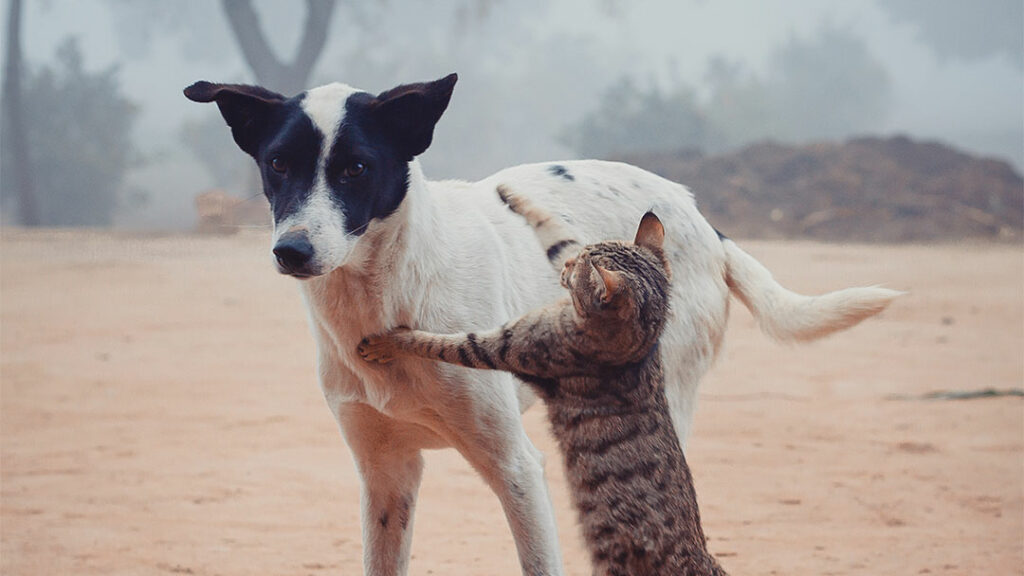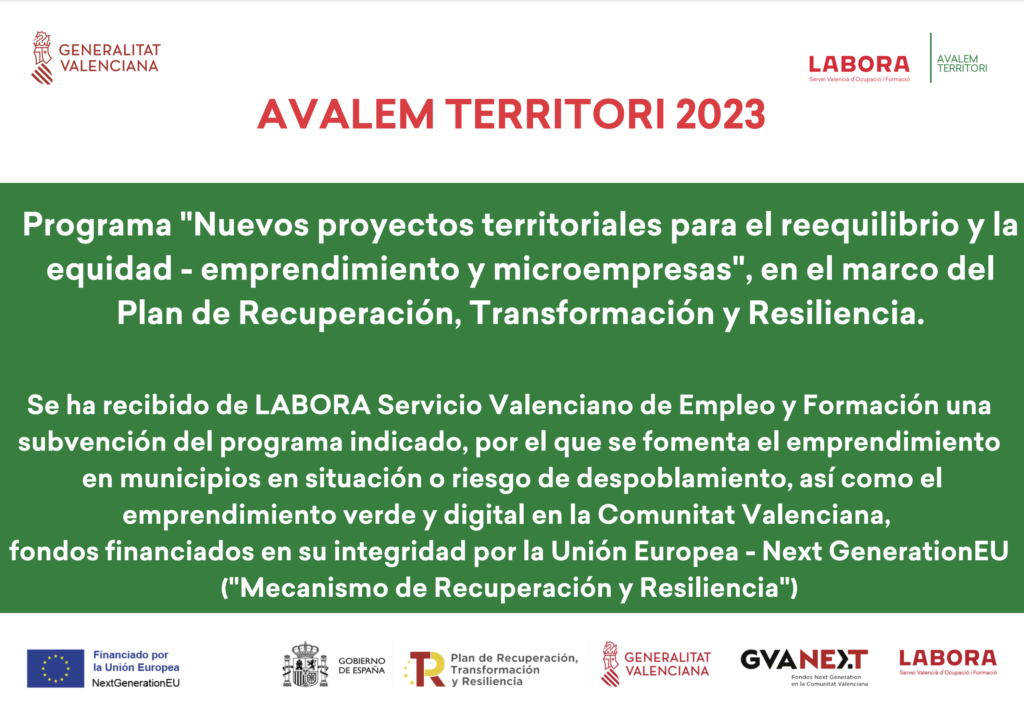Building a cat house out of cardboard is not only an economical option, it is also an enjoyable and environmentally friendly way to give your cat a comfortable, safe and playful place to nest. Whether you’re in it for the dollar savings, being green, or if you just want to create a bond with your cat, cardboard cat houses are amazing for you, creative types. Cats love little spots to hide in, and cardboard’s clumpy texture and relative warmth make it perfect for lazing. In this article, we’ll show you what you can get from the best cardboard cat house, how to create it and some creative design ideas.
Why Choose a Cardboard Cat House?
Cardboard is light, manageable and commonly found, which is why it’s perfect to use for pet-related DIY projects. Cardboard cat houses also naturally insulate, helping to keep the interior of the structure at a comfortable temperature. They are also biodegradable, which helps for an ecological living.
Cats are known to be curious and territorial animals that enjoy hiding, climbing, and scratching. A good cardboard cat house can satisfy those instincts, providing mental stimulation as well as physical exercise. And, it’s a particularly wonderful option for indoor cats who may not have exposure to outdoor stimulation. So you don’t have a lot to lose if you don’t like them, and you can try something new without a heavy investment. Making cardboard cat houses is quite cheap and renewable.
Basic Construction Tips for a Cardboard Cat House
Before you get into too complex plans, you need to know some tricks on how to build a cat house with cardboard. Always go for thick, clean, cardboard that lasts/shields sanitary. Boxes for shipping, appliances or even durable product packaging make the best base. Ensure you don’t get a box which has been treated with pesticides, insecticides or has any strong odours.
Cut precisely using a box cutter or utility knife, and make the ventilation holes for air circulation. Increase the size and strength of the walls and floors if you’re looking for increased support for the building. When attaching parts, if you use glue or tape, use non-toxic ones, as cats like to lick or chew on stuff.
The inside should have a soft blanket or pillow for comfort. Cats like warmth and cosiness, and incorporating these features can make the house more attractive. You may want to put the cat house in a quiet corner of the house where your cat feels comfortable and undisturbed.
Design Inspiration for Cardboard Cat Houses
Multi-Level Cat Mansion
For busy or multi-cat homes, build your cat a multi-level cardboard mansion. Or you can stack them, placing horizontal openings in the boxes so your cat can climb from one level to another. You can even decorate or furnish each level differently to keep things interesting. And plop down some ramps or stairs between levels to make it feel more dynamic. This type of design encourages active play, exercise and can reduce boredom and stress.
Minimalist Single Room House
If you’re short on room or you’re partial to a fairly rapid project, you wouldn’t go far wrong with a single-room cardboard cat house. Slice an entrance and a few small windows in a heavy box, line the interior with fabric or foam, and your cat will have a quiet little nook for napping and relaxing. A minimalist design can still be aesthetically pleasing with painted exteriors or simple shapes like igloos or pyramids.
Castle or Fortress Theme
Transform your cardboard cat home into a medieval citadel or fantastical castle with battlements, turrets and archways. In addition to the fun visual appeal this item brings to his space, your cat will love that he can use multiple entry and exit points. Paint the outside with pet-safe paint for a fantastic finish that’s fun for you as well as your pet!
Seasonal or Themed Designs
Celebrate the holidays and the seasons with your themed decorations to be used on your cardboard cat house. You can design a haunted house with cobwebs and freaky colours for Halloween. You can make your cat feel like he’s part of the season with a snow cabin made from cotton “snow”, holiday decorations and a cosy blanket. Rotate themes to keep your cat interested and entertained.
Maintenance and Safety Considerations
Cardboard is versatile, but it is not immune to breaking down. It is an excellent idea to inspect your cat house periodically for any damage to, or loosening of, parts, which might result in splinters or the cat house breaking. Replace parts when and as needed, and clean out the inside by taking out the bedding and washing it weekly. And if you have a cat who likes to bite and chew on cardboard, just make sure they aren’t ingesting too much of it — it may be harmful.
Never use staples, small pins, or any kind of toxic glue during assembly. Stick to non-toxic materials and finishes, safe for pets. You can also have them sealed with clear waterproof lacquer for a clear out protective even finish without being sharp to the touch.
Enhancing the Experience with Toys and Accessories
While the structure of the cardboard cat house is essential, you can make full use of the accessories to enhance your cat’s experience. Install kitty swings hanging from the ceiling, gate scratching pads into the walls or set up tiny cubbies storing catnip, treats. These are the touch-points that make the cardboard house more than just a place of rest, but a place of play and adventure.
Some owners even install food and water stations within the lower levels of the cat house, although it is typically better to have feeding areas segregated from sleeping quarters. Mirrors, bells, dancing strings — it’s all fair game when it comes to engaging your cat’s senses.
Encouraging Your Cat to Use the Cardboard House
Training your cat to use a new cardboard house may require a bit of patience. Put it in a place they’re used to hanging out and scatter some catnip inside to crack their curiosity. Don’t push your cat in, let them wander in on their own will. Adding one of their favourite toys or a blanket with their scent on it can help give the area a sense of home and comfort.
If your cat continues to resist, consider altering the size or location of the entrance. Some cats like a front entry, while others feel safer entering and exiting through a top or side opening. By watching your cat’s behaviour, you can adjust the design to cater to them.
Conclusion
A cardboard-based cat house is an easy one with a return on investment that marries art and eco-kindness, not to mention pet care. You can also customise it and make a home that your cat loves and feels comfortable, safe, and entertained, just for a cheap investment. From a single-room hiding place to a sprawling fortress, your only limit is the power of your imagination. While you experiment with different designs and themes, you are not only creating a space that is comfortable for your feline, but also deepening your relationship with your cat as you express your creativity together and with one attention. Whether you’re a recent cat mom or a seasoned DIYer, making a cardboard cat house is a rewarding project for both you and your furry friend.



